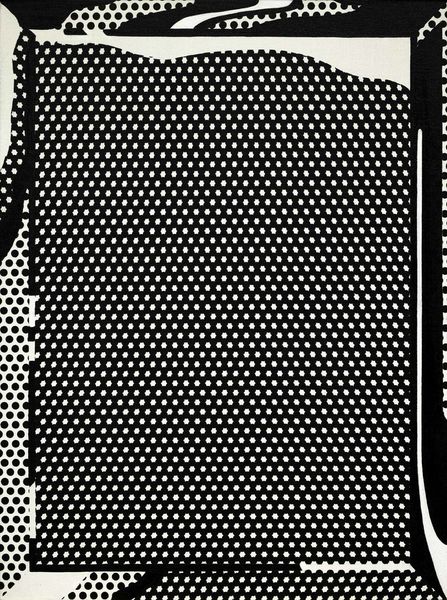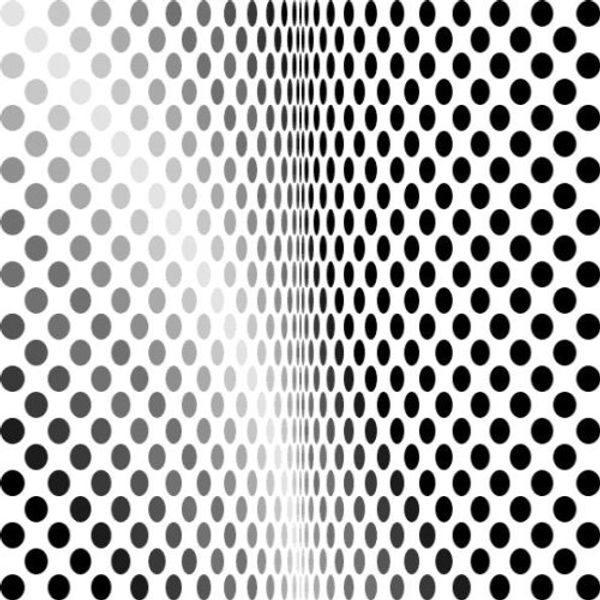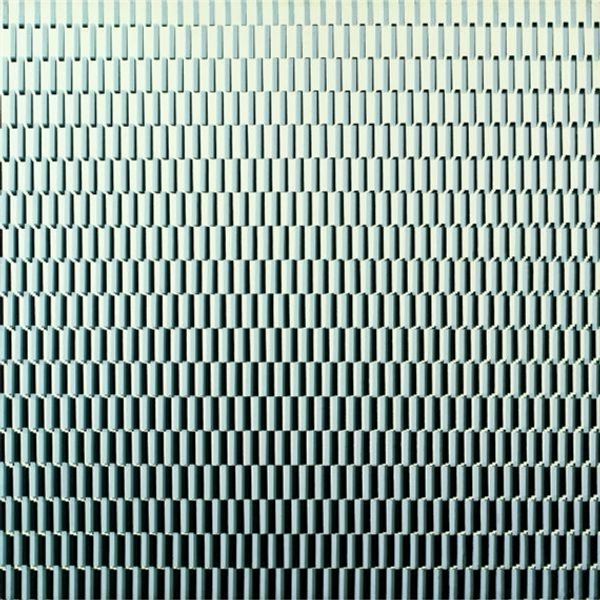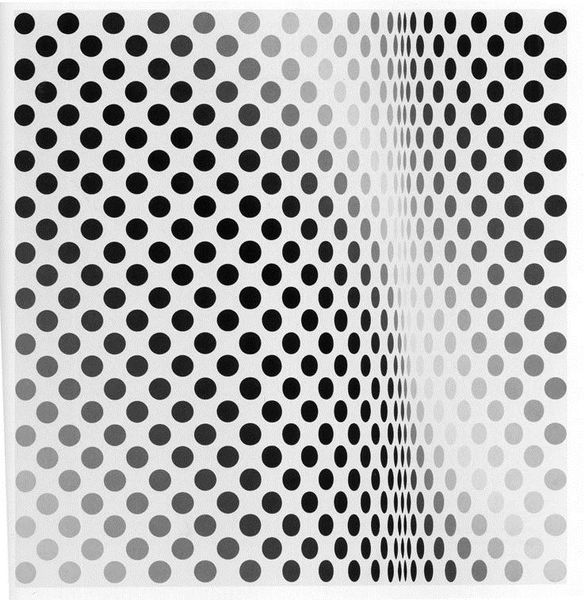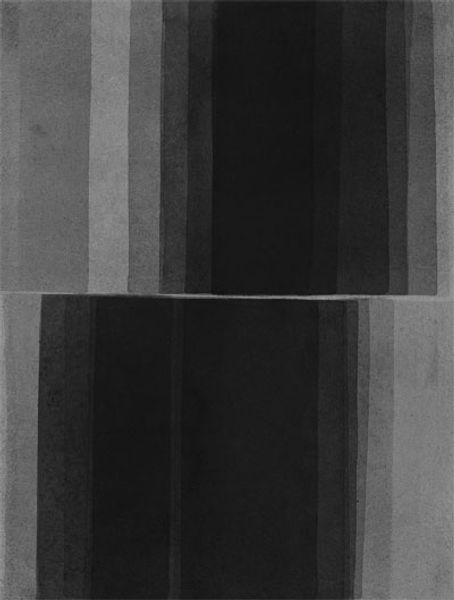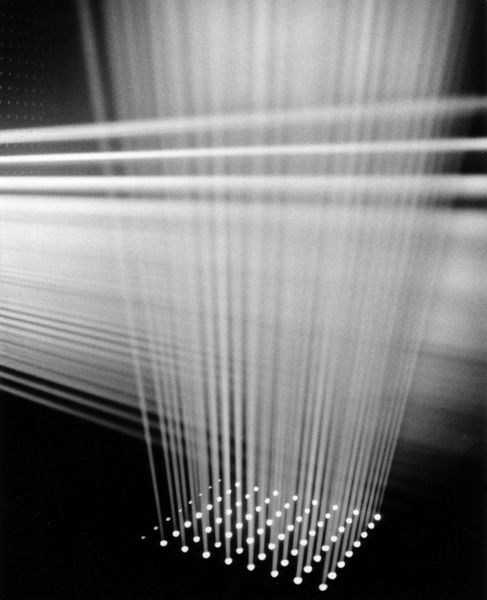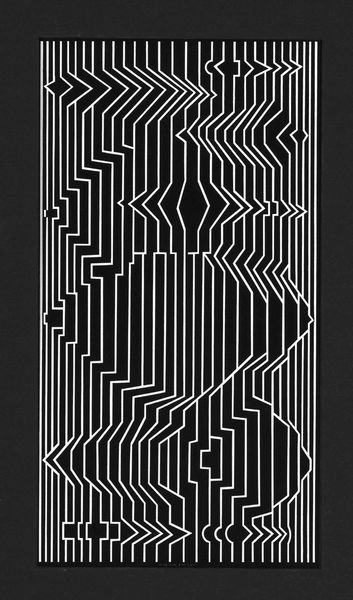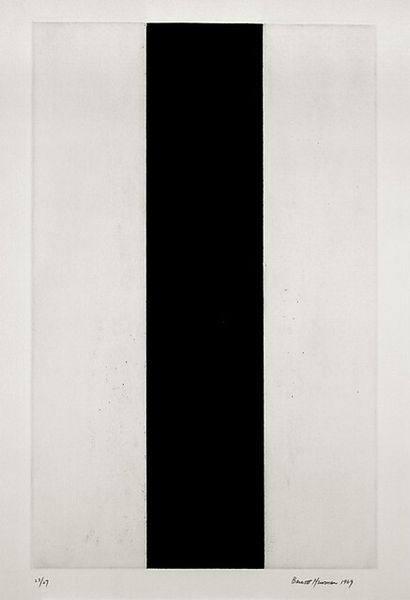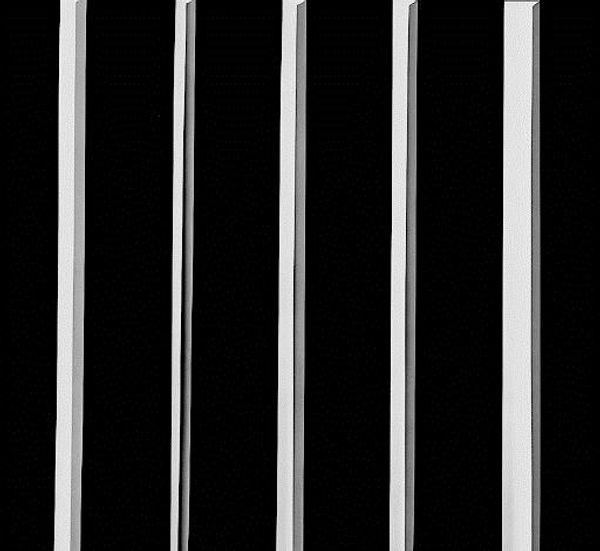
#
op-art
#
pattern
#
op art
#
geometric pattern
#
geometric
#
geometric-abstraction
#
line
#
hard-edge-painting
#
monochrome
Copyright: Bridget Riley,Fair Use
Bridget Riley’s ‘Breathe’ presents us with a series of black and white vertical lines, tapering towards the top of the canvas, that immediately engage our senses. Made in the latter half of the 20th century, Riley’s work exemplifies Op Art, an abstract style that uses optical illusions to create a sense of movement. In post-war Britain, art institutions played a pivotal role in shaping artistic expression. Riley’s work, with its emphasis on visual experience, challenged traditional notions of art as representation. ‘Breathe’ invites us to consider the social conditions that shaped artistic production. It rejects the dominance of narrative and representation, reflecting a broader shift in cultural values. The title ‘Breathe’ suggests a connection to the body, a theme that resonates with post-war anxieties about industrialization and its effect on human existence. By engaging with the historical and social context in which ‘Breathe’ was made, we can gain a deeper appreciation of its meaning and significance. We might consult period magazines and exhibition reviews to understand the artistic debates it intervened in. Only then can we understand it as more than just a visual effect.
Comments
No comments
Be the first to comment and join the conversation on the ultimate creative platform.
